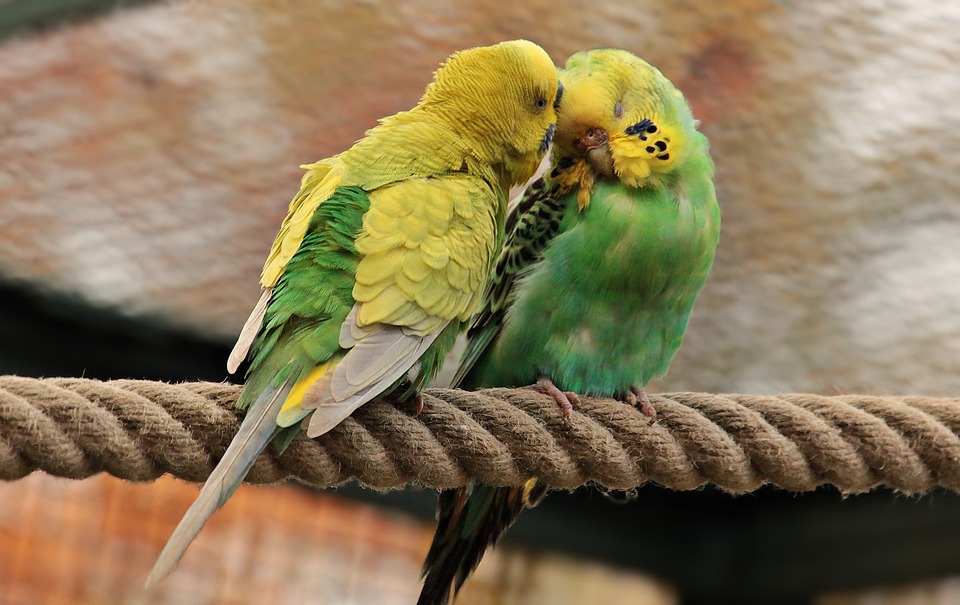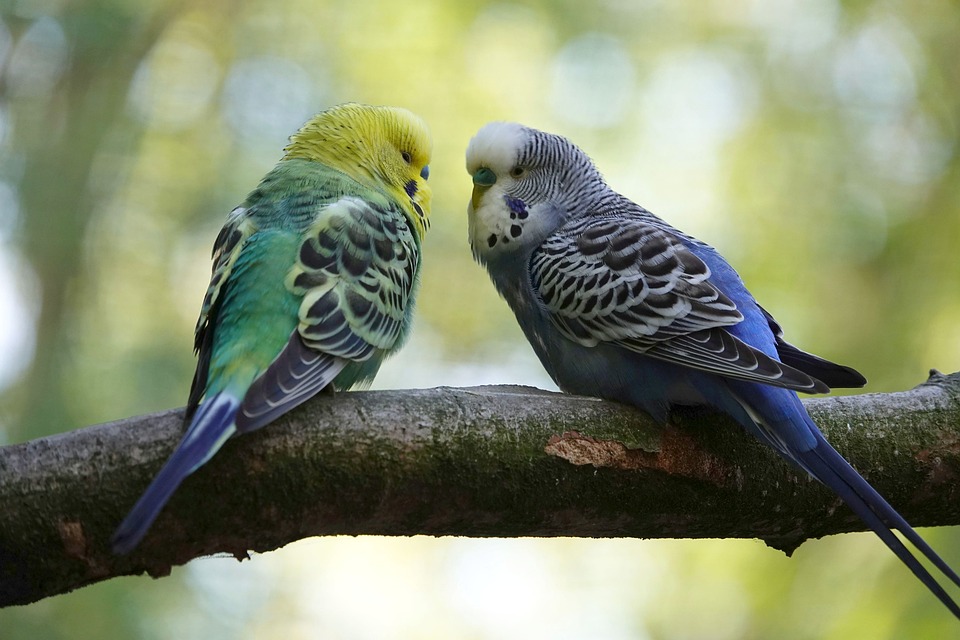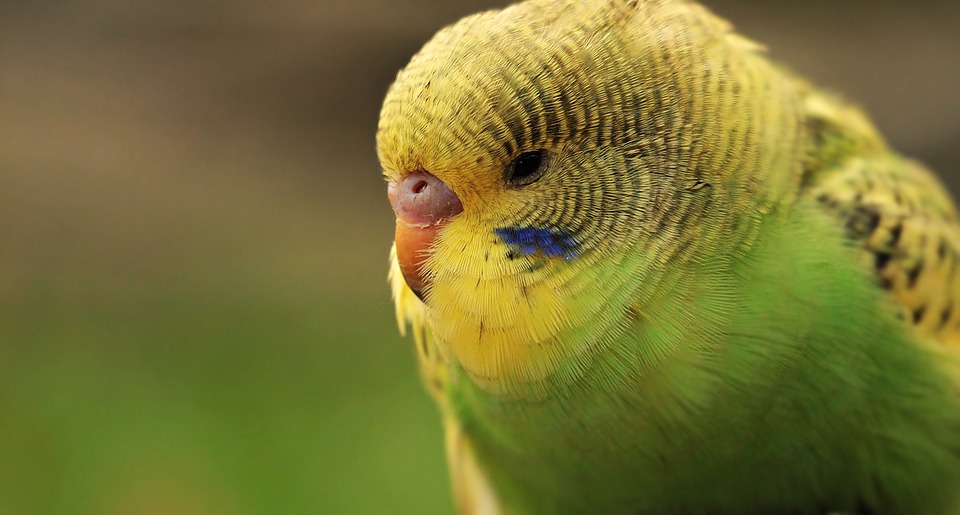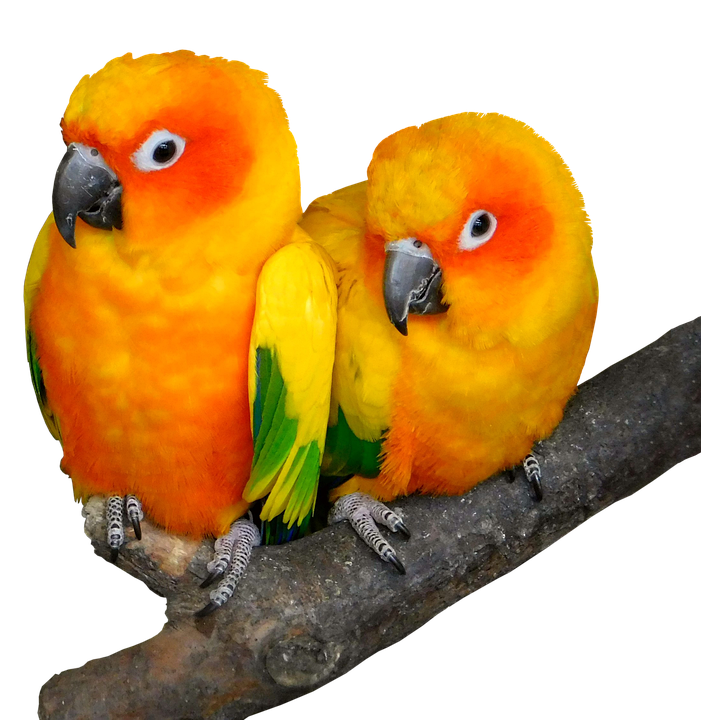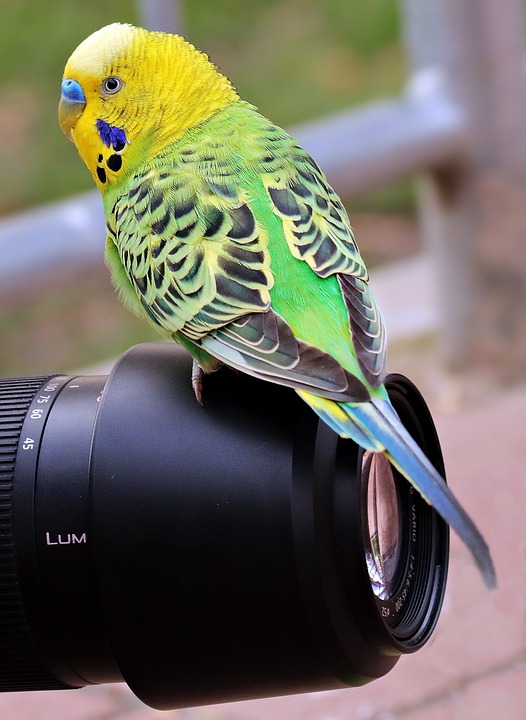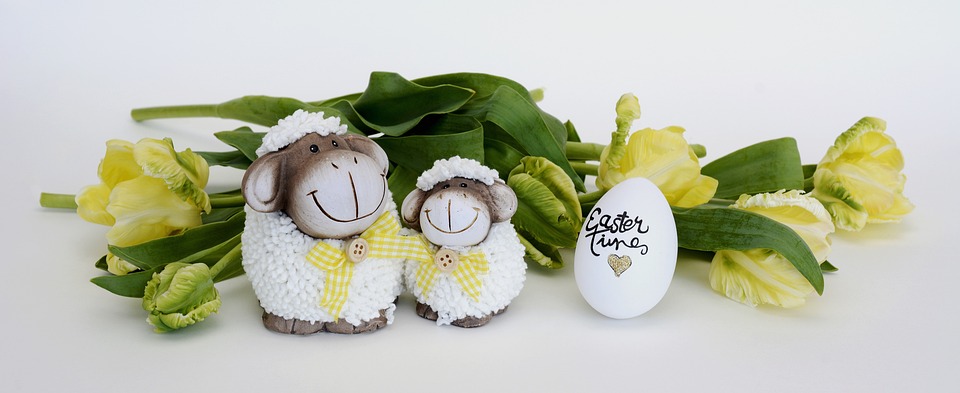Grooming is an essential aspect of parrot care that should not be overlooked. By creating a positive association with grooming, you can ensure that your parrot remains healthy and happy. Understanding parrot behavior, setting up a grooming area, introducing grooming gradually, and using positive reinforcement techniques are all key steps in achieving this goal.
Parrots are intelligent creatures with complex emotions and social needs. They thrive in environments that provide mental stimulation, social interaction, and positive reinforcement. By tailoring grooming activities to align with their natural instincts and preferences, you can make the experience more enjoyable for them.
Creating a designated grooming area for your parrot is the first step in establishing a positive association with grooming. This area should be quiet, well-lit, and comfortable for both you and your bird. It is crucial to make this space familiar and inviting, rather than an intimidating or stressful environment.
Introducing grooming to your parrot gradually is key to building a positive association. Start by exposing your parrot to grooming tools such as brushes or nail clippers without using them initially. Allow your parrot to explore and interact with these tools at their own pace, rewarding them with treats and praise for calm behavior.
Positive reinforcement plays a vital role in creating a positive association with grooming. Utilize treats, praise, and gentle petting to reward your parrot’s cooperative behavior during grooming sessions. Timing is crucial – immediately reward your parrot when they exhibit desirable behavior, reinforcing the connection between grooming and positive experiences.
Grooming can also be an excellent opportunity to strengthen the bond between you and your parrot. Use grooming sessions as a chance to interact with your bird in a calm and gentle manner. Speak softly, maintain eye contact, and offer soothing reassurances to make the experience more enjoyable for your parrot.
However, grooming can sometimes be challenging, especially if your parrot has had negative experiences in the past. Biting or aggressive behavior, fear or anxiety, and overcoming resistance are common challenges that parrot owners may face. In such cases, it is essential to consult with an avian behaviorist or an experienced veterinarian who can provide guidance on handling these issues.
When it comes to the frequency of grooming, it depends on the specific needs of your parrot. However, regular grooming activities such as feather inspections, nail trims, and beak maintenance should be performed at least once a month. If your parrot resists certain grooming activities, such as nail trims, it is crucial to approach them with patience and positive reinforcement. Seeking professional help from an avian veterinarian or certified bird groomer may also be beneficial.
In conclusion, creating a positive association with grooming for your parrot is crucial for their overall well-being. By understanding their behavior, setting up a grooming area, introducing grooming gradually, using positive reinforcement techniques, and addressing common grooming challenges, you can ensure that grooming becomes an enjoyable bonding experience for both you and your feathered friend.

